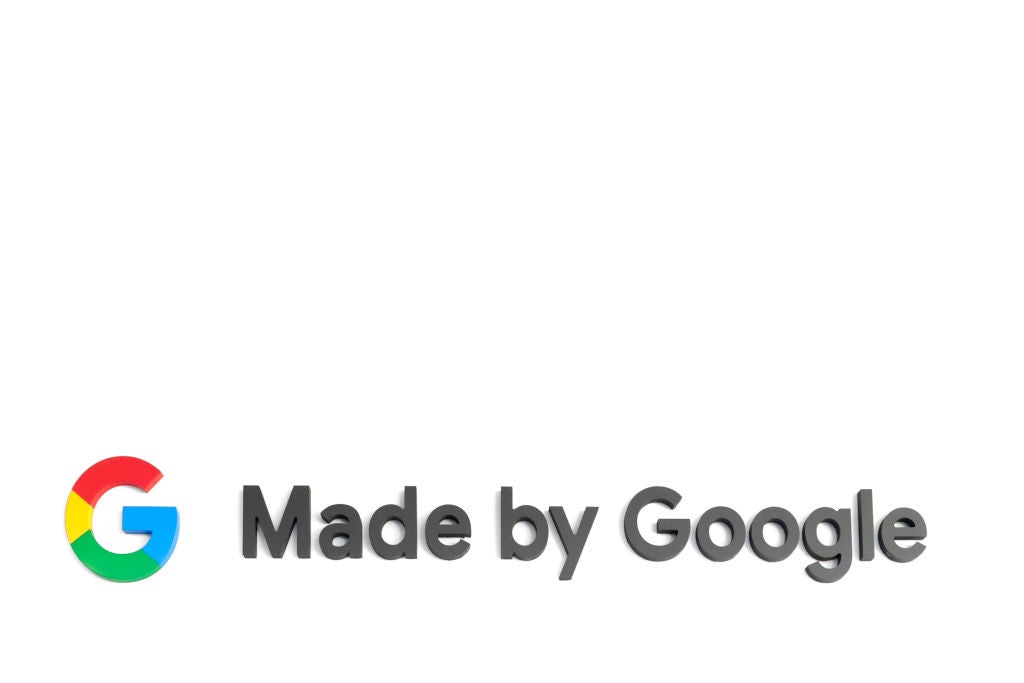
Google recently announced they have developed a unique artificial intelligence (AI) supercomputer that is faster, more efficient, and more powerful than Nvidia systems.
Nvidia is the reigning champion of AI model training and deployment, dominating over 90% of the market, according to CNBC.

Access deeper industry intelligence
Experience unmatched clarity with a single platform that combines unique data, AI, and human expertise.
The great AI race has been raging on for a while now in Big Tech, and Google has been developing AI chips called Tensor Processing Units (TPUs) since 2016.
“Google has chosen a unique approach to AI development by creating its own ‘Tensor Processing Unit’ (TPU) architecture, rather than relying on specialised GPUs [graphic processing units] from Nvidia,” founder of Elo AI, Matt Falconer explains.
“This decision allows Google to reduce their dependence on third-party vendors and achieve vertical integration across its entire AI stack,” Falconer added.
The new wave of generative chatbots like Google’s Bard and OpenAI’s ChatGPT currently rely on Nvidia’s powerful A100 chips.

US Tariffs are shifting - will you react or anticipate?
Don’t let policy changes catch you off guard. Stay proactive with real-time data and expert analysis.
By GlobalDataIn order to train these models, hundreds of computers and thousands of chips are required, alongside computers that run for countless days, CNBC explained.
The newly developed TPUs plan to change this – Google’s new AI supercomputer has over 4,000 TPUs with custom elements that will run and train AI models independently.
“TPU v4 is faster and has lower power than contemporary DSA chips made using similar technologies deployed close to the same time and for similar-sized systems. The power edge might be even larger if the interconnects are included,” a Google research paper stated.
The AI supercomputer has been running since 2020 and trained Google’s PaLM model.
“By designing the TPU themselves, Google has been able to tailor it for optimal AI performance,” claims Falconer.
“The TPU V4, for instance, features multi-host high-speed interconnects, enabling many TPU V4 chips to be combined into a large ‘pod’ that can efficiently run large models, outperforming a traditional GPU cluster,” he continues.
At this moment in time, the exclusivity of Google’s supercomputer makes it harder to access than Nvidias.
Falconer states: “While anyone with sufficient funds can purchase an A100, Google’s TPUs are exclusively available for rent through Google Cloud.
Consequently, GPUs, particularly NVIDIA’s CUDA-enabled GPUs, benefit from a more mature ecosystem that includes comprehensive software support and libraries.”







